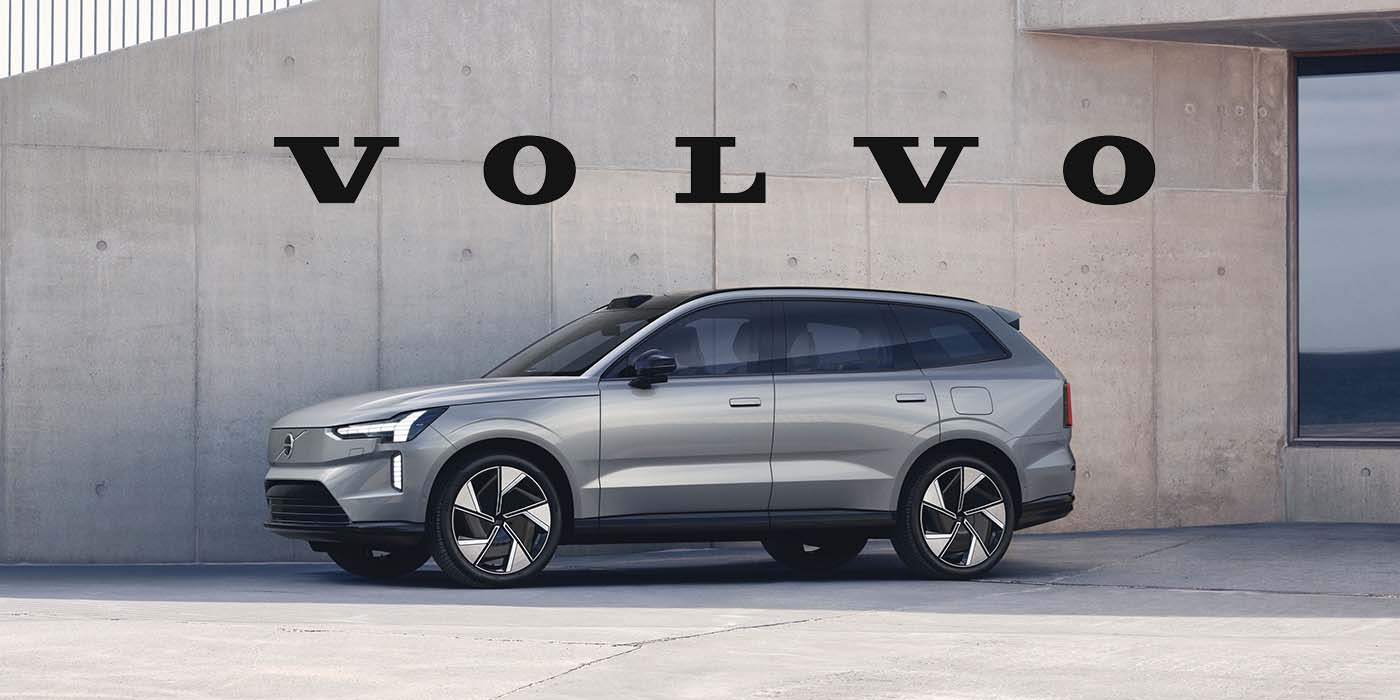Volvo braces for challenging year ahead after more than doubling EV sales and breaking revenue record in 2022

Volvo Cars has shared its full year report for 2022, showcasing record revenue numbers for the automaker’s entire history as it moves closer to becoming a fully-electric brand. After a strong share of EV sales in Q4, Volvo’s total percentage for the year more than doubled compared to 2021, but the automaker warns that although it successfully navigated a turbulent 2022, 2023 could prove to be just as challenging.
The post Volvo braces for challenging year ahead after more than doubling EV sales and breaking revenue record in 2022 appeared first on Electrek.
Volvo Cars has shared its full year report for 2022, showcasing record revenue numbers for the automaker’s entire history as it moves closer to becoming a fully-electric brand. After a strong share of EV sales in Q4, Volvo’s total percentage for the year more than doubled compared to 2021, but the automaker warns that although it successfully navigated a turbulent 2022, 2023 could prove to be just as challenging.
Volvo Cars Corp. is a global automaker headquartered in Torslanda, Sweden, and owned by Chinese conglomerate Geely Holding Group. In recent years, Volvo has helped lead by example, taking some of the industries biggest strides in embracing electrification and carbon neutrality across its various marques and production processes on its way to becoming be a fully-electric brand by 2030.
2022 was a big year for the automaker. In addition to exploring new EV technologies like wireless charging, it has begun touting several models in its next all-electric wave. This past November, we got our first full look at the upcoming EX90, which Volvo is advertising as the safest vehicle it has ever built.
It will soon join Volvo’s other EVs on the sales sheet like the C40 and XC40, which both saw refreshes that included added range, improved charging speeds, and a new RWD powertrain option. We should also see what Volvo Cars is calling its smallest and cheapest EV model sometime this summer, alongside an electric minivan – although its unclear if that EV will make it to the US.
While Volvo’s arsenal of all electric options is sure to grow in 2023, its current EVs did much of the legwork in 2022 in helping the brand see its best sales to date. We will break down some of those numbers below as we look ahead to this coming fiscal year, one in which Volvo expresses could be a tough one.
Volvo Cars EV sales accounted for 18% of 2022 total
According to Volvo’s full year sales report for 2022, it has much to celebrate, and EVs were a huge part of its success. Revenue was $32 billion for the year, up 17% compared to 2021 and the highest ever recorded in the automaker’s near 100 year history.
Its operating income (EBIT) was around $2.2 billion (+10%). Excluding joint ventures and associates, however, Volvo’s EBIT was $1.7 billion, down nearly 16% compared to a year ago.
Volvo Cars points out that the true highlight of a trying year was its EV sales. Its numbers for fully-electric models were 11% of its total, more than doubling sales compared to 4% in 2021. A huge factor in this equation was Volvo’s Q4 EV sales, which reached their highest point ever at 18% compared to a mere 6% at the same point in 2021.
If you include Volvo’s entire Recharge lineup of BEVs and plug-in hybrids, it accounted for 33% of total sales and 41% in Q4 alone. The automaker has found a huge appetite for its EVs in Brazil, Uruguay, Thailand, and Indonesia where Recharge sales were 100% last quarter. Norway was 98%.
Those Recharge sales numbers helped Volvo reduce its overall CO2 emissions per vehicle by 15% as it looks to reach a 40% reduction per vehicle by 2025. Volvo Cars president and CEO Jim Rowan spoke:
We managed through the heavy turbulence of the year and made significant progress on our strategic ambitions in 2022, as we accelerated towards our aim to become a fully electric car company by the end of the decade and climate neutral by 2040.
Volvo admits it was plagued by supply chain constraints in 2022, particularly in the first half of the year. By the second half, the automaker explains it was able to bounce back and bolstered production by 15%. 2023 looks like it could be just as challenging for the automaker, but it remains optimistic:
While 2023 looks to be another challenging year, the company is hopeful that the COVID-related supply shortages from China are behind it and that it continues to see steady improvement in the supply of semiconductors. In addition, Volvo Cars is optimistic that the price of lithium will start to decline towards the end of the year, in line with many of the independent reports recently published. Despite the global turbulence, uncertainty and the recent price increases, Volvo Cars continues to see healthy demand for its cars. As ever, the company continues to closely monitor the external environment and adapt accordingly.
Looking ahead to 2023, Volvo Cars expects double digit sales growth while increasing the production volumes of its EVs. Just as long as there are no “unexpected supply chain disruptions.” Rowan once again spoke:
We have demonstrated in 2022 that we have turned up our execution engine. This will continue to deliver in 2023.
“Executive motor,” Jim. The word you’re looking for is “motor.”
On to 2023.
FTC: We use income earning auto affiliate links. More.





